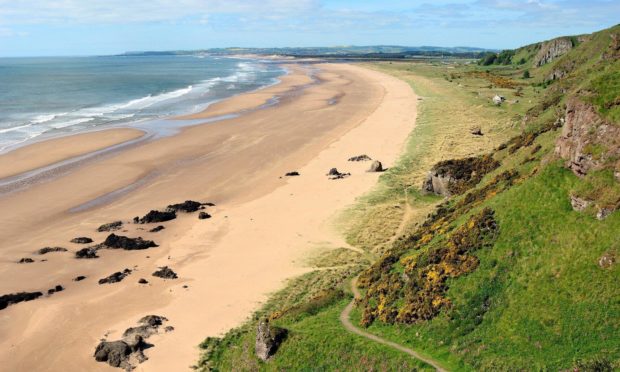Nature reserves across the north and north-east of Scotland have seen a surge in visitor numbers due to the coronavirus lockdown.
It’s estimated over a million people have visited NatureScot’s National Nature Reserves across Scotland this year.
The figure is an increase from an estimated 650,000 in recent years and the rise in visitor numbers was initially attributed to lockdown. However, this was followed by continued interest and enthusiasm from visitors.
NatureScot chief executive Francesca Osowska, is encouraging people “to get out and enjoy their local national nature reserves over the holiday season” following the latest government guidelines.
Ms Osowska said: “People throughout Scotland have been enjoying spending time outdoors more than ever in 2020.
“Nature is helping us all cope with anxiety throughout this difficult time and strengthening our resilience.
“Our nature reserve staff have highlighted some spectacular sights to see on our reserves this winter.”
Some top picks from the nature reserve staff include wintering ducks and geese which congregate in their thousands at Loch Fleet.
Visitors can also spot rarer sightings of otters, merlin, red kite and peregrine as well as common seals which can be seen from the roadside.
Plenty of other critters including golden eagles, red deer, black grouse and large flocks of geese can be seen in nature reserves all across the Highlands.
Meanwhile in the north-east, plenty of wildlife can also be seen on nature reserves including from whooper swans to grey seals to deer which are often easier to spot at winter because of the bare trees.
The Ythan Estuary has also been “buzzing with birdlife” this year with sightings of pink-footed geese from Iceland and a myriad of waders and ducks from Arctic regions.
The number of grey seals will gradually increase over the winter but visitors are urged to view them from across the river at Newburgh beach to avoid disturbance.
Lucky visitors might also cross paths with an otter at dawn or dusk.
For those visiting St Cyrus National Nature Reserve, NatureScot’s reserve manager Therese Alampo has suggested scanning the rockpools to see limpets moving in search of algae or watching the feathery feet of a feeding barnacle.
While Ms Osowska said it’s been “amazing” to see thousands enjoying nature reserves this year, she stressed the importance of protecting the reserves for future generations.
She said: “For example please don’t litter or light campfires, as these can damage plants, trees and wildlife.”
